Explore
South Africa offers a huge range of experiences. Atamela Tours take you to the most interesting places in Johannesburg and its surrounding areas, from its impressive architecture to the unique art and culture scene. Come with us on a trip that will leave you with unforgettable memories.
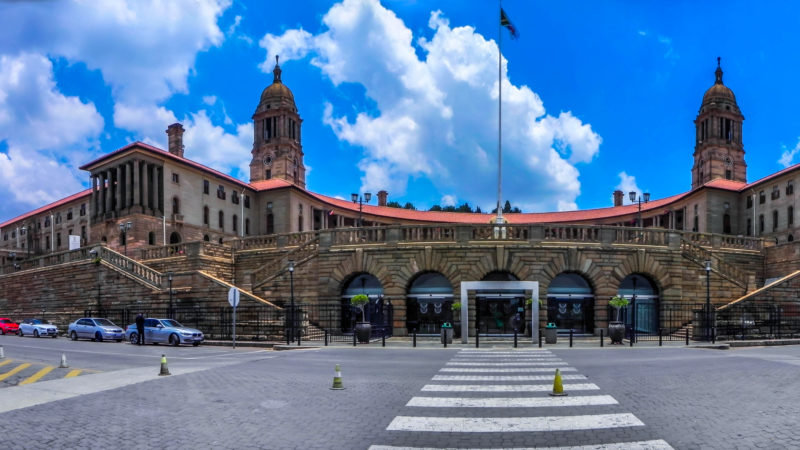
Union Buildings
The Union Buildings in Pretoria form the official seat of the South African government. The imposing building complex is 275 metres long and shaped in a semi-circle, with a wing on either side to represent the country’s two official languages, English and Afrikaans.
The Sterkfontein Caves
The Sterkfontein Caves are a series of karst caves located near the town of Krugersdorp, northwest of Johannesburg. The caves are of particular interest for paleoanthropological research, as a number of fossils from early hominins (members of the human lineage) were found here.
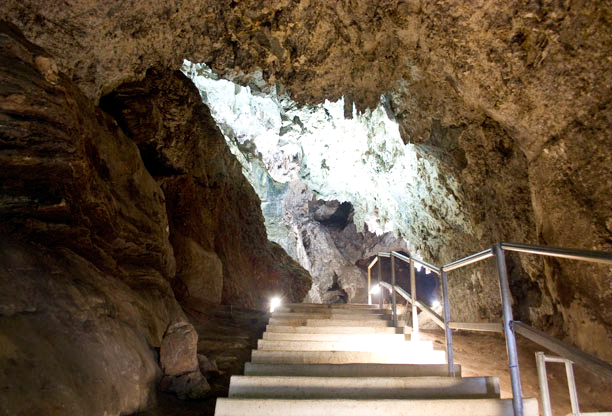

Market Theatre
Originally a market hall, the Market Theatre today comprises the Museum Africa, Kippies Jazz Club and the Market Theatre complex, which is home to three theatres, two galleries and a variety of bars and restaurants.
Museum Africa
Situated in the Market Theatre complex, Museum Africa is the place to go for a real taste of South Africa’s art and culture.

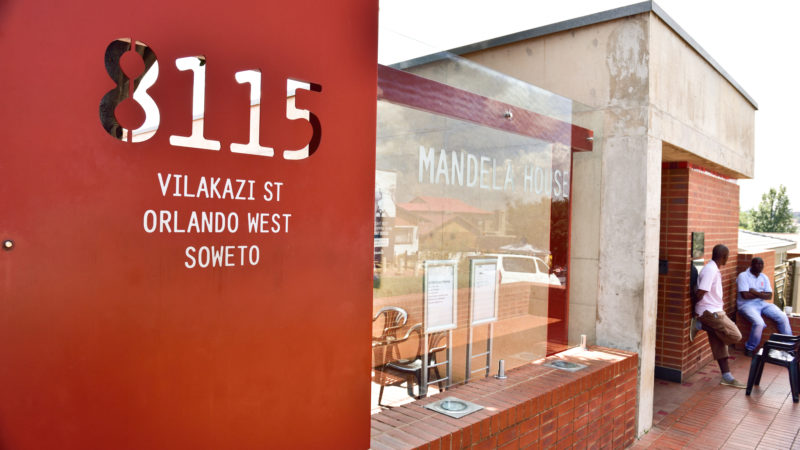
Mandela House
Mandela House is where Nelson Mandela lived before he was imprisoned for anti-racism activities in 1963. In total, he spent 27 years in prison, before his release in 1990. Mandela was a leading South African activist and politician who spent decades opposing the Apartheid regime. He was the country’s first black president from 1994 to 1999 and received the Nobel Peace Prize in 1993. His strong moral conviction and political accomplishments made him a role model for many all over the world. He died in 2013.
Sheebens
Shebeens were illegal meeting places where the African people of Soweto – who were banned from buying or selling alcohol during the Apartheid regime – used to go to drink and debate political issues in a safe environment. Nowadays, they are more like informal bars and restaurants.
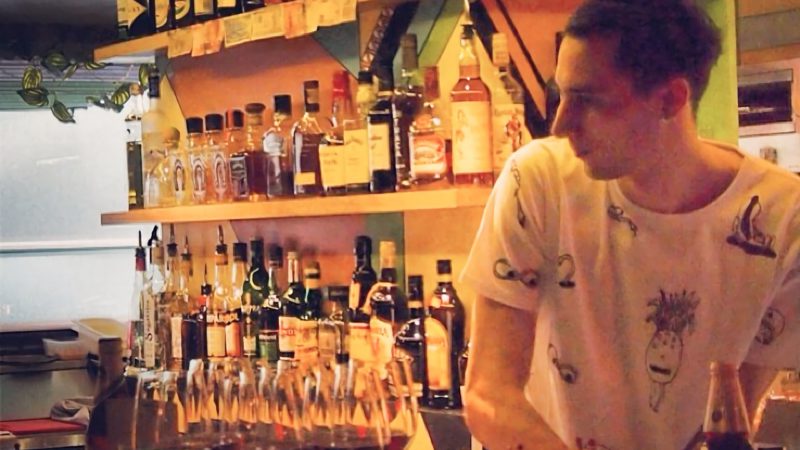
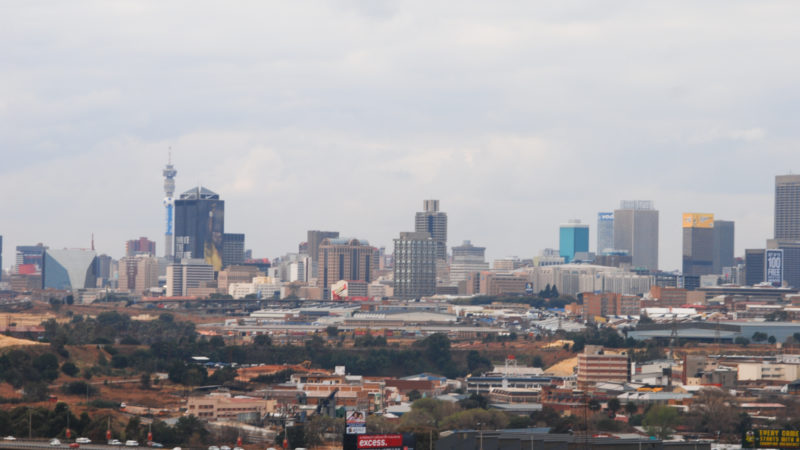
Gold Reef CIty
Gold Reef City is an amusement park built around the world’s largest and deepest gold mines. In addition to attractions such as white water rides and roller coasters, such as the Tower of Terror, you can drive into the underground facilities about 200 meters deep. Next door, at the Gold Mining Museum, you can watch the casting of gold bars and get an idea of what the situation was at segregation in the Apartheid Museum.
Artistic district Melville & Rosebank
Experience Johannesburg from its diverse and colorful side in the well-known artist districts of Melville and Rosebank.
Gold Reef CIty
Gold Reef City is a theme park built on the former site of the world’s largest and deepest gold mine. Visitors can enjoy thrilling attractions such as white-water rides and rollercoasters including the Tower of Terror, as well as a mine tour that goes around 200 metres underground. The nearby Gold Mining Museum gives gold-casting demonstrations, while the Apartheid Museum provides an insight into what life was like during the Apartheid regime.
Melville
What was once a sleepy old-fashioned suburb, Melville is now a colourful neighbourhood with a bohemian and quirky character. Close by, a large park is the perfect spot to admire some of South Africa’s finest flora and fauna.
Johannesburg’s skyline
See Johannesburg’s skyline in all its glory – I’ll show you the most beautiful spot to take in the best view of the entire city.
Orlando Towers
The Orlando Towers in Soweto are part of a disused power plant and are one of Johannesburg’s most striking landmarks. In 1998, the two towers were painted, and one is now used as an advertising billboard while the other contains the country’s largest mural.
Cradle of Humankind
The Cradle of Humankind is a 47,000-hectare paleoanthropological site located around 50 kilometres northwest of Johannesburg, and forms part of the Witwatersrand Basin. Many early hominid fossils have been discovered at the site.
Melville
What was once a sleepy old-fashioned suburb, Melville is now a colourful neighbourhood with a bohemian and quirky character. Close by, a large park is the perfect spot to admire some of South Africa’s finest flora and fauna.
Alexandra
Similar to Soweto, Alexandra (known as Alex by the locals) is a township in Johannesburg. It was one of the few districts in Johannesburg where black people lived during the Apartheid regime. Alexandra spans an area of around eight square kilometres and its population was recorded at 179,624 in 2011. It’s thought that almost one million people reside there today. Alexandra is one of the country’s poorest neighbourhoods.
Soweto
The former township (slum) of Soweto is located just 10 kilometres southwest of central Johannesburg. Soweto is probably the most famous township in South Africa and is known across Europe as the place of black opposition to the Apartheid regime. The area now spans 120 square kilometres and its population was recorded at 1.3 million in 2011. One of the most significant sights here is Mandela House, where Nelson Mandela lived with his family before his imprisonment.
Union Buildings
The Union Buildings in Pretoria form the official seat of the South African government. The imposing building complex is 275 metres long and shaped in a semi-circle, with a wing on either side to represent the country’s two official languages, English and Afrikaans.
The Sterkfontein Caves
The Sterkfontein Caves are a series of karst caves located near the town of Krugersdorp, northwest of Johannesburg. The caves are of particular interest for paleoanthropological research, as a number of fossils from early hominins (members of the human lineage) were found here.
Market Theatre
Originally a market hall, the Market Theatre today comprises the Museum Africa, Kippies Jazz Club and the Market Theatre complex, which is home to three theatres, two galleries and a variety of bars and restaurants.
Museum Africa
Situated in the Market Theatre complex, Museum Africa is the place to go for a real taste of South Africa’s art and culture.
Mandela House
Mandela House is where Nelson Mandela lived before he was imprisoned for anti-racism activities in 1963. In total, he spent 27 years in prison, before his release in 1990. Mandela was a leading South African activist and politician who spent decades opposing the Apartheid regime. He was the country’s first black president from 1994 to 1999 and received the Nobel Peace Prize in 1993. His strong moral conviction and political accomplishments made him a role model for many all over the world. He died in 2013.
Sheebens
Shebeens were illegal meeting places where the African people of Soweto – who were banned from buying or selling alcohol during the Apartheid regime – used to go to drink and debate political issues in a safe environment. Nowadays, they are more like informal bars and restaurants.
Gold Reef CIty
Gold Reef City is an amusement park built around the world’s largest and deepest gold mines. In addition to attractions such as white water rides and roller coasters, such as the Tower of Terror, you can drive into the underground facilities about 200 meters deep. Next door, at the Gold Mining Museum, you can watch the casting of gold bars and get an idea of what the situation was at segregation in the Apartheid Museum.
Artistic district Melville & Rosebank
Experience Johannesburg from its diverse and colorful side in the well-known artist districts of Melville and Rosebank.
Johannesburg
Johannesburg is the capital of Gauteng, one of country’s nine provinces. With a population of around 4.5 million, it’s the country’s largest city. Johannesburg is not a typical tourist destination and is characterized by its innovative architecture. South of the city centre is Gold Reef City, a large leisure complex and theme park, while west is the Newtown market building – home to the Market Theatre and the Museum Africa since 1976.
Pretoria
Pretoria is the official capital of South Africa, while Cape Town and Bloemfontein are the country’s two unofficial capitals. Pretoria is home to over 70,000 Jacaranda trees, which bloom in spring (from October) and brighten up the city with their purple flowers.
Sandton
Sandton is another district in Johannesburg and is known as South Africa’s richest square mile. According to official records of 2011, it had a population of 222,415. The name Sandton is an amalgamation of Sandown and Bryanston, two of its suburbs. Two of the biggest attractions here are Sandton City, the country’s largest shopping centre, and Nelson Mandela Square, which together span an area of around 144,000 square metres.


